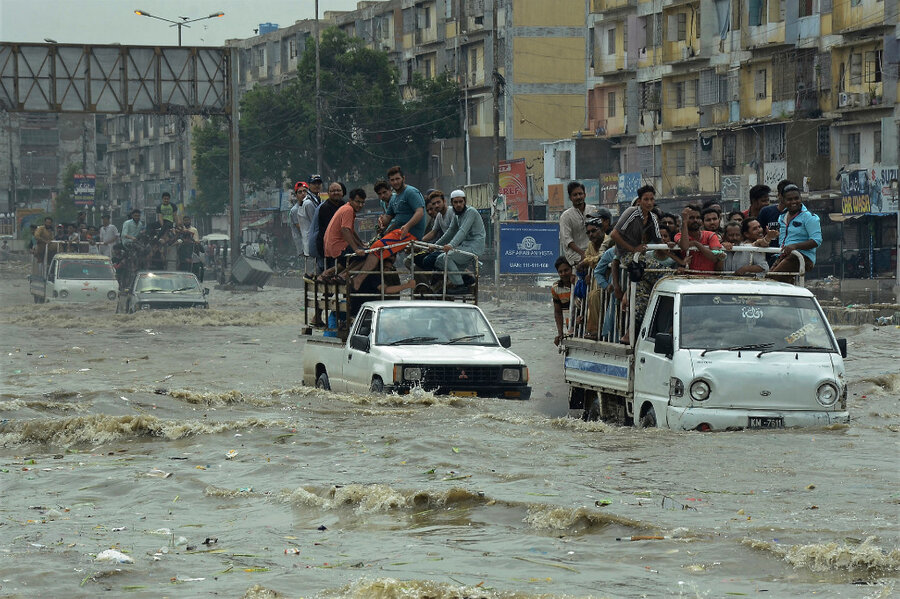Poor state planning blamed for 1,400 killed in South Asia floods
Loading...
| NEW DELHI
The most devastating floods to hit South Asia in a decade have killed more than 1,400 people and focused attention on the poor planning and lack of preparedness for annual monsoon rains, as authorities struggle to get aid to millions of destitute.
Floods in Texas have dominated world media coverage in recent days, but India, Nepal and Bangladesh have suffered flooding for two months, with hundreds of villages submerged and tens of thousands of people in relief camps short of food and vulnerable to disease.
Entire districts will take months to limp back to life, with schools destroyed, roads washed away and crops ruined in some of the region’s poorest areas, officials said.
As the extent of damage became clearer, experts highlighted how poorly prepared governments were to deal with an annual problem.
Most government action in India, where the flooding has hit hardest, has been focused on relief, with weak early warning systems and too little focus on prevention.
The head of a South Asian regional body launched this year to boost disaster coordination said the flooding underlined the poor planning.
"The floods this year have exposed the urgency for (South Asian) nations to work together to deal with natural disasters," said P.K. Taneja, of the India-based SAARC Disaster Management Centre.
Flooding upstream in Nepal, for example, was followed by flooding in India this year and then downstream in Bangladesh, he said, but there was little coordination.
"We cannot work in silos to deal with floods... It is the worst of floods in decades."
India's federal auditor, in a damning report released in July, said that in most states there was no identification and no assessment of flood-prone areas to help prepare.
Tens of millions of dollars earmarked for flood management remained unspent. And of the 4,862 large dams, only 349 were functioning, it said.
Flooding happens annually across South Asia, as rivers burst their banks during the June-September season of heavy monsoon rains.
In India's state of Bihar, where 514 people died and 850,000 were displaced, campaigners said the government had built too many embankments, roads and highways that trapped excess water and given little thought to drainage.
But disaster management officials said that it was unfair to criticize, given the scale of this year's deluge.
"If you get a whole year's rain in one to two days, how will you handle it? No preparation and planning will work," Anirudh Kumar, of Bihar's disaster management department, said.
Aid agencies said people were starting to head home, often to find little left of their dwellings - villagers in Nepal were returning to half-devastated homes full of mud and water, Dibya Raj Poudel, of the Nepal Red Cross Society, said.
"Many survivors are traumatized... They fear the floods may hit them any time again and they have no place to stay nor any food to eat."
This story was reported by Reuters.







